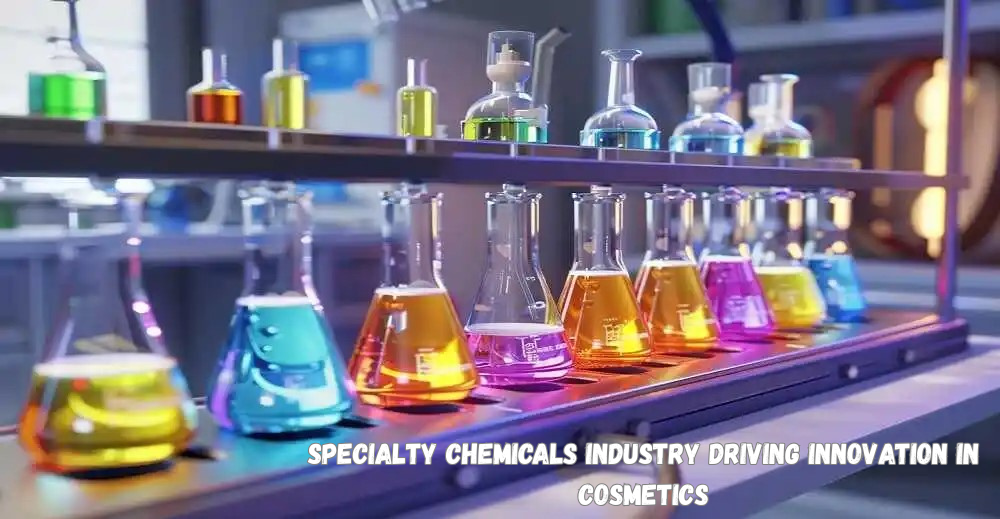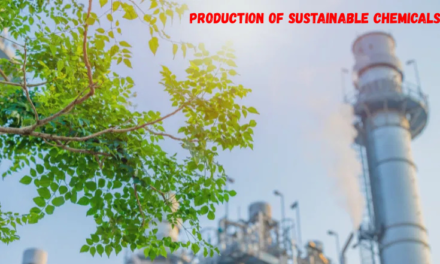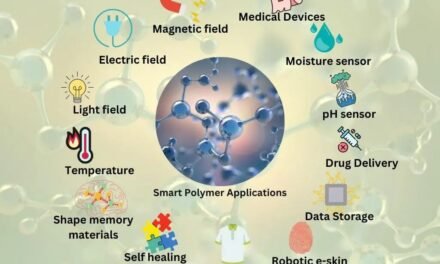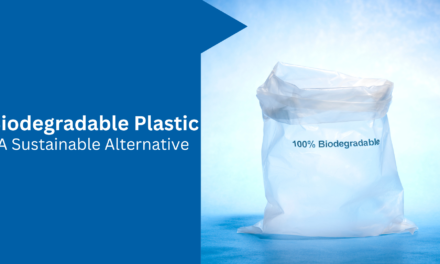The specialty chemicals industry is a key driver of innovation in the cosmetics sector, offering advanced ingredients and technologies that enhance product performance, sustainability, and consumer appeal. Specialty chemicals enable the development of cutting-edge formulations in skincare, haircare, makeup, and other beauty products, aligning with emerging trends and consumer demands. Here’s how the industry is driving innovation in cosmetics:
1. Development of Advanced Active Ingredients
- Bioactive Compounds:
- Specialty chemicals provide bioactive ingredients with targeted benefits such as anti-aging, skin brightening, hydration, and protection.
- Examples:
- Peptides for collagen stimulation.
- Hyaluronic acid for moisture retention.
- Multifunctional Ingredients:
- Ingredients that combine multiple benefits reduce the need for complex formulations.
- Example:
- Niacinamide, offering anti-inflammatory, skin-brightening, and anti-aging properties.
2. Natural and Sustainable Ingredients
- Plant-Based Extracts:
- Specialty chemicals derived from plants, algae, and other renewable resources meet consumer demand for natural products.
- Example:
- Squalane sourced from sugarcane for hydration and barrier repair.
- Green Chemistry:
- Sustainable production methods for specialty chemicals minimize environmental impact.
- Example:
- Fermentation-derived chemicals like bio-based lactic acid and ceramides.
- Biodegradable Formulations:
- Specialty chemicals are enabling the creation of eco-friendly products that decompose without polluting.
3. Personalization and Customization
- Adaptive Ingredients:
- Innovative specialty chemicals adapt to individual skin or hair conditions, delivering tailored benefits.
- Example:
- Encapsulated actives that release based on skin pH or temperature.
- Modular Formulations:
- Specialty chemicals allow for customizable products, such as serums that users can mix based on their needs.
4. Enhancing Product Performance
- Stabilizers and Emulsifiers:
- Advanced stabilizers ensure product consistency and efficacy over time.
- Example:
- Polymeric emulsifiers for long-lasting stability in creams and lotions.
- Delivery Systems:
- Nanotechnology and encapsulation techniques improve the delivery and absorption of active ingredients.
- Example:
- Liposomes and microcapsules for targeted delivery of vitamins or antioxidants.
- Sensory Enhancers:
- Specialty chemicals improve the texture, spreadability, and overall sensory experience of cosmetics.
- Example:
- Silicone elastomers for a silky, non-greasy feel.
5. Focus on Clean Beauty
- Free-From Ingredients:
- Specialty chemicals help eliminate harmful substances like parabens, sulfates, and phthalates.
- Preservative Alternatives:
- Natural and mild preservatives replace traditional synthetic options.
- Example:
- Benzyl alcohol and organic acids for antimicrobial activity.
6. Innovations in Haircare
- Bond Repair Technology:
- Specialty chemicals repair and protect hair bonds damaged by coloring, heat, and environmental factors.
- Example:
- Molecules like bis-aminopropyl diglycol dimaleate for strengthening hair structure.
- Scalp Health Ingredients:
- Focus on scalp microbiome-friendly ingredients that improve scalp health and hair growth.
7. Color Cosmetics and Pigments
- Specialty Pigments:
- High-performance pigments enable vibrant, long-lasting, and photorealistic colors in makeup.
- Example:
- Pearlescent pigments for shimmer and metallic effects in eyeshadows and lipsticks.
- Clean Pigments:
- Safer, eco-friendly pigments free from heavy metals and other toxins.
8. Sunscreen Innovation
- Next-Generation UV Filters:
- Specialty chemicals improve sunscreen formulations, offering broad-spectrum protection without white cast.
- Example:
- Encapsulated titanium dioxide and zinc oxide for enhanced UV defense.
- Infrared and Blue Light Protection:
- Ingredients that shield against non-UV light sources, including infrared and blue light from digital devices.
9. Anti-Pollution and Skin Barrier Protection
- Pollution-Fighting Ingredients:
- Specialty chemicals protect against environmental stressors like particulate matter and free radicals.
- Example:
- Antioxidants like ferulic acid and vitamins C and E.
- Barrier-Enhancing Actives:
- Ingredients like ceramides and fatty acids strengthen the skin barrier to retain moisture and block irritants.
10. Waterless and Sustainable Formats
- Powder and Solid Formulations:
- Specialty chemicals enable water-free formulations that are eco-friendly and travel-compatible.
- Example:
- Anhydrous cleansing balms and powdered face masks.
- Concentrates:
- High-potency formulations reduce packaging waste and water usage.
11. Regulatory Compliance and Transparency
- Safe Formulations:
- Specialty chemicals meet stringent global regulatory standards for safety and efficacy.
- Clean Labeling:
- Chemicals designed for transparency, allowing brands to communicate clean and safe ingredients to consumers.
12. Digital and Technological Integration
- AI-Driven Formulation:
- Big data and AI guide the selection of specialty chemicals for optimized cosmetic formulations.
- Smart Packaging:
- Specialty chemicals in packaging materials provide extended product stability and reduced contamination risks.
13. Future Trends and Innovations
- Microbiome-Friendly Products:
- Specialty chemicals tailored to protect and balance the skin microbiome.
- Epigenetics in Skincare:
- Active ingredients that influence gene expression for long-term skin health.
- Blue Biotechnology:
- Marine-derived specialty chemicals like algae extracts and seaweed-based actives.
- 3D-Printed Cosmetics:
- Custom formulations powered by specialty chemicals for personalized makeup and skincare.
Conclusion
The specialty chemicals industry is a cornerstone of innovation in cosmetics, enabling the creation of high-performance, sustainable, and consumer-centric products. With advancements in bio-based ingredients, nanotechnology, and green chemistry, specialty chemicals are redefining the beauty industry, meeting the demands of modern consumers while adhering to stringent safety and environmental standards. The future of cosmetics will continue to be shaped by these innovations, driving growth and creativity in both industries.
Hashtags
#SpecialtyChemicals #ChemicalsInCosmetics #CosmeticInnovation #BeautyChemistry #AdvancedCosmeticsTechnology #CosmeticTech #BeautyScience #InnovativeIngredients #SmartCosmetics #TechInBeauty #SustainableBeauty #GreenCosmetics #EcoFriendlyIngredients #CleanBeautyChemicals #NaturalCosmeticInnovation #CosmeticIndustryTrends #SpecialtyChemicalsMarket #BeautyMarketGrowth #GlobalBeautyTrends #CosmeticIndustryInnovation #SkinCareInnovation #HairCareSolutions #ActiveIngredients #BeautyEnhancers #CosmeticFormulations

















